Primrose obkonika: description, varieties and home care

There is a beautiful legend: the Apostle Peter once, through negligence, dropped the keys to Paradise from his hands, they sprouted on the earth with beautiful flowers - primroses. Looking at these amazingly beautiful and at the same time perfect in their simplicity masterpieces of flora, you involuntarily catch yourself thinking that you are really contemplating a "paradise" on earth. The primrose was loved by Catherine the Great herself, and in the greenhouse of the royal gardens there was a whole collection of primroses under protection.
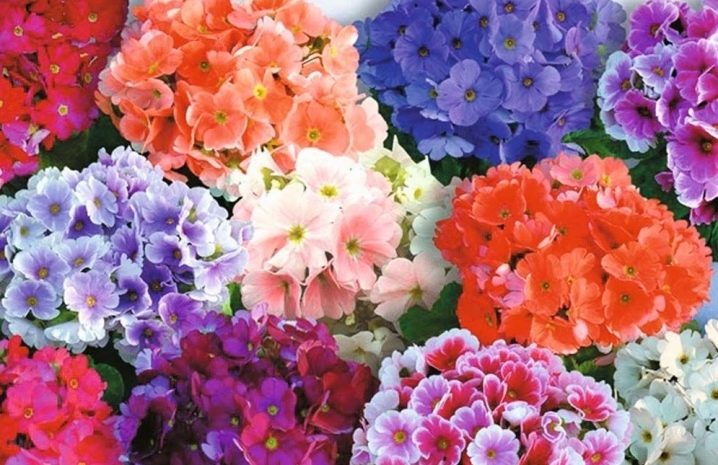
Description
Today there are many traditional primrose varieties as well as large-flowered Dutch hybrids with various decorative properties. Primula obconica (Primula obconica) of the primroses family is one of these plants (other names for primrose obconica are reverse conical, reverse lanceolate). Suitable for growing in gardens and at home.
Indoor plants from 25 to 60 cm in height are actually considered perennial, but since they bloom most decoratively and luxuriantly in the first year, many growers practice growing the plant as an annual.
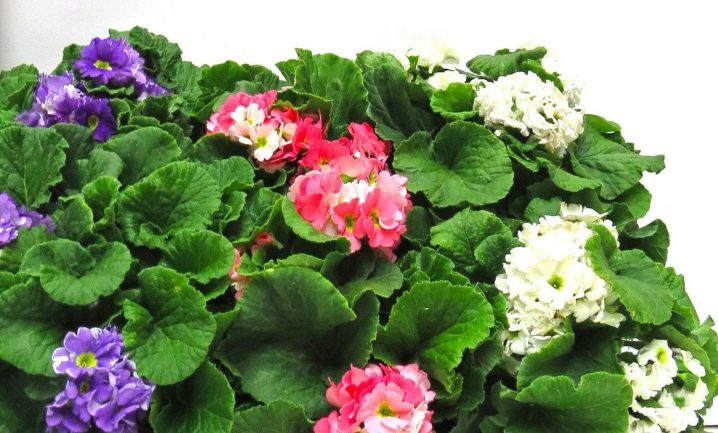
But if you decide to keep the plant for more than one year, this is quite possible. With proper care, the obkonika will delight you with intense flowering for several years in a row. It begins to bloom in about six months from the moment of sowing the seeds and blooms almost all year (in summer, a short break is possible). The color of the petals ranges from crystal clear white to mysterious dark purple. The flowers are conical in shape and are collected in umbrella-shaped inflorescences, towering above the basal rosette of fleecy leaves.

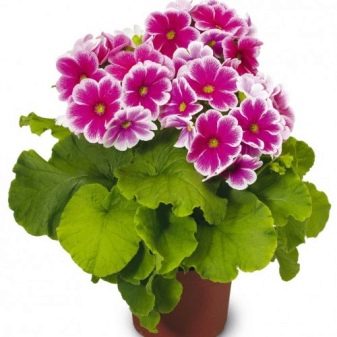
A characteristic feature of traditional obkonika primrose varieties is that its aerial parts have glands that produce primin. This substance, when it comes into contact with the skin of the hands, can cause an allergic reaction in the form of itchy rashes and redness (not in all people, but only those prone to allergies). Despite this circumstance, primroses remain widely in demand among indoor florists. Moreover, it is quite easy to protect yourself from contact with the aerial parts of the plant - just put on gloves on your hands.
Still, it should be noted that experts do not recommend putting primrose pots in the bedroom and in the nursery.
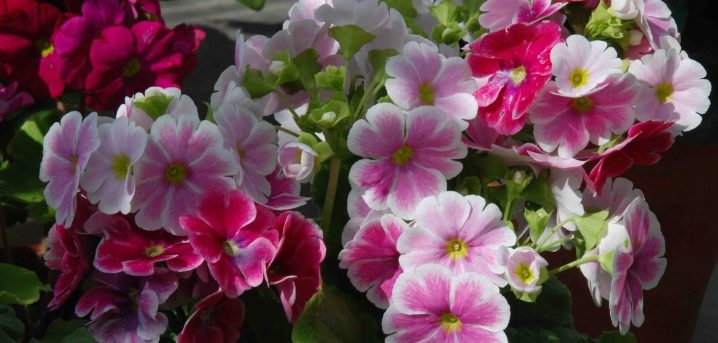
Groups of varieties and hybrids
Dutch breeders "saved" the situation. The modern obkonika primrose hybrids created by them practically do not emit primin and are not allergens, which allows, if desired, to grow these delicate touching plants for all lovers of indoor flora without fear.

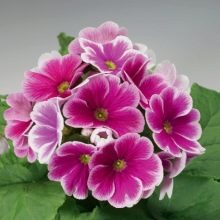

- Large-flowered variety of primroses Touch me has graceful bushes with large flowers of various colors, which are most decorative in spring and autumn during the peak flowering period. This primrose is completely safe from a medical point of view.
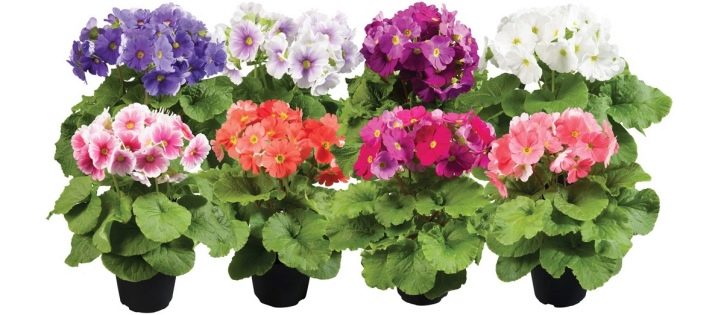
- Grades of the Grace F1 series characterized by compact plants (20-25 cm high) with large flowers, shining with a bright palette of various colors and shades.
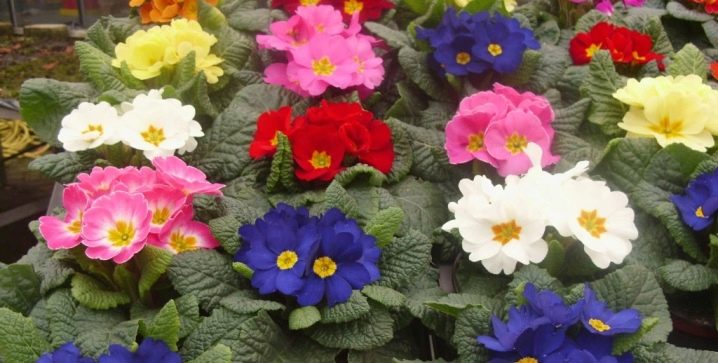
- Libre F1 Series in green parts of plants does not contain the allergen primin. The color of the flowers in this series contains 9 shades, among which orange and two-tone corollas look unusual. The leaves are collected in a root rosette. One plant can throw up to 10 peduncles, each can form up to 20 flowers.
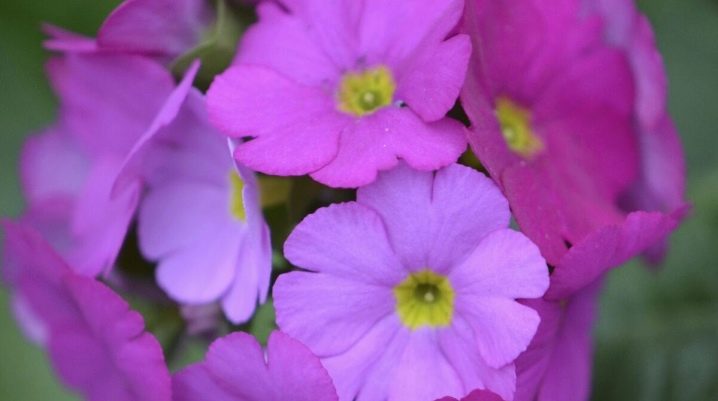
Sowing with seeds
Seed propagation is considered the most efficient way. The period from sowing seeds to the beginning of flowering is approximately 6 months.If you sow seeds in January and properly care for the crops, then in the middle of summer you can expect the first primrose bloom. With a phased planting (every 4 weeks, from January), primroses will delight you with continuous flowering until April next year.

Seeds are scattered over the surface of a moistened substrate (a mixture of turf and sand) as evenly as possible. It is not necessary to sprinkle the crops with soil from above - it is enough to lightly compact it, gently pressing it to the ground with your hands. The container is covered with glass or transparent plastic and placed in a room with a temperature of 20-22 degrees, ensuring timely watering and daily airing the crops. Subject to agricultural technology, the seeds will sprout in 2-3 weeks, after which the container is transferred to a cooler place, and the shelter is removed.
The best results when germinating seeds can be obtained if the thermal regime is maintained within the range of 16 - 20 degrees and a consistently high humidity.
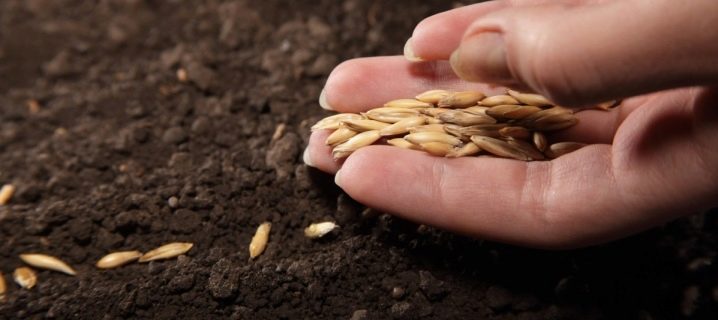
With the appearance of the first two leaves in plants, the time for the first pick of the seedlings comes - they are thinned out to a distance of 3-4 cm from each other. The second pick is done when the neighboring plants are closed with leaves. Now they are planted at a distance of about 8 cm. When the seedlings grow up and close again, they are transplanted into pots. From this time on, you can gradually start feeding.
Cultivation of primroses is possible by cuttings and dividing bushes. These procedures are carried out with adult plants during rest periods when they are not blooming.
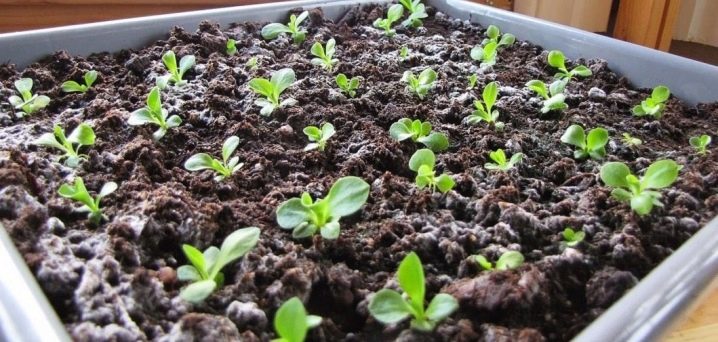
Subtleties of care
The attitude of flower growers to the nature of this beauty is ambiguous - some consider her capricious, others unpretentious, and each of them is right in his own way. Growing obkoniki will seem difficult for a novice florist, but for an experienced florist with an impressive baggage of knowledge and experience, it will not be difficult. In general, the obkonika agrotechnology is simple. Here are the basic elements of caring for room primrose obkonik at home.
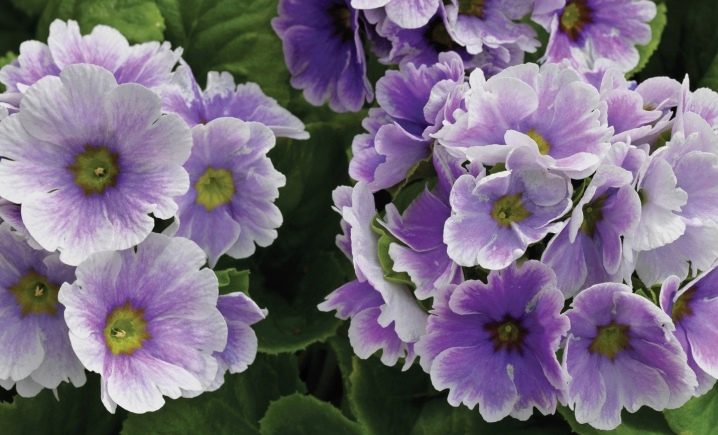
Illumination
Obkonika prefers well-lit, but not sunny places. It will be best to place the primrose pot on the southeast or southwest windowsill. Alternatively, you can put a flower on the north window, but when cloudy weather sets in for a long time, you will need a fluorescent lamp for additional illumination.
If all the windows in the apartment face south, and you really want to grow a primrose, then you can place it not on the windowsill, but a little further away on a flower stand.
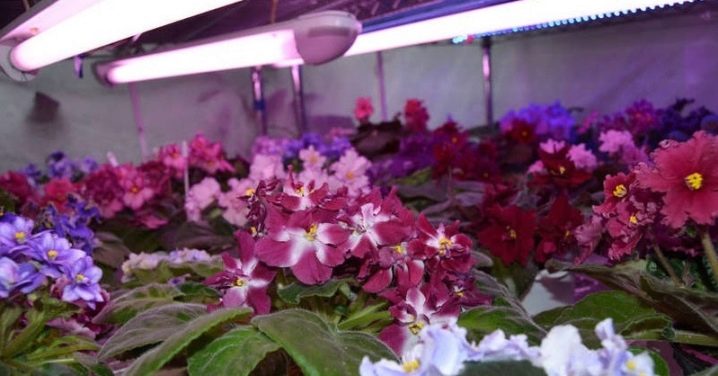
Thermal conditions
The comfortable temperature for the obkonika should not be higher than 20 degrees, and during the budding and flowering period it drops to +15 degrees to extend the timing and increase the flowering intensity. In modern conditions, portable floor air conditioners will help to create such parameters of the thermal regime. For the summer, primrose can be dug in the garden along with a pot in a semi-shaded place, where rainwater will only benefit her, over the summer the bushes will become stocky and curly. In the fall, it is important not to miss the moment when the primrose needs to be returned to the house, since temperatures below +5 degrees are unacceptable for these plants. For successful wintering, experts consider the optimal room temperature to be +12 +15 degrees.
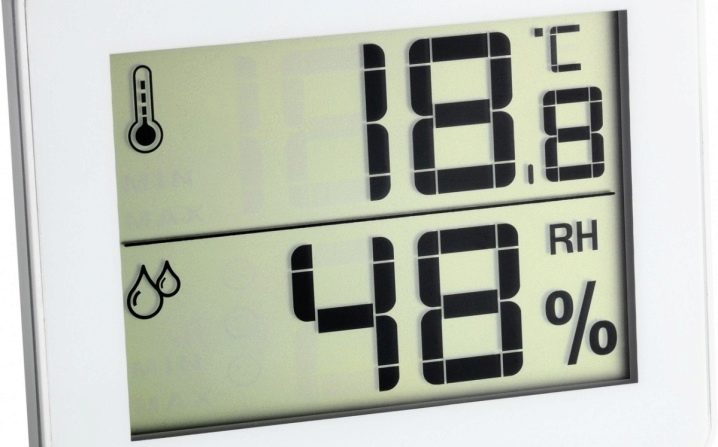
Watering
Primrose does not like either waterlogging or overdrying, but it will tolerate a short-term lack of moisture without consequences. If you made a mistake and missed the timely watering, but caught on in time and corrected the situation, then the flower will not be particularly "offended" and will quickly restore its decorative effect. The main thing is that such care mistakes do not become systematic. Water for irrigation should be used that has settled during the day. You need to water directly at the root (not on the leaves).
It is not necessary to allow stagnation of water in the sump, but drain the excess 7-10 minutes after watering in order to avoid rotting of the root system.
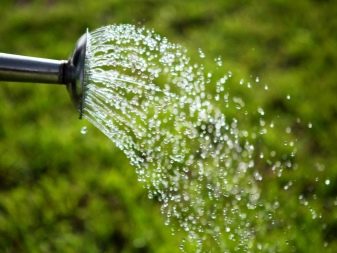
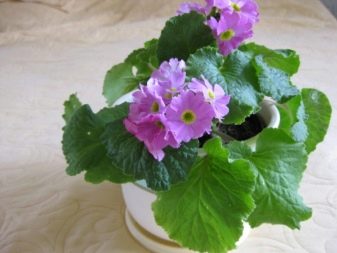
Top dressing
It is very important not to overfeed the primrose - an excess of fertilizer negatively affects the condition of the plant, immediately the tips of the leaves begin to turn yellow. Fertilizers are bought in specialized stores and applied to the soil in a strict dosage. Experienced flower growers recommend starting with half the rate indicated in the instructions for use. They use both mineral fertilizers and organic matter - solutions of mullein or bird droppings.
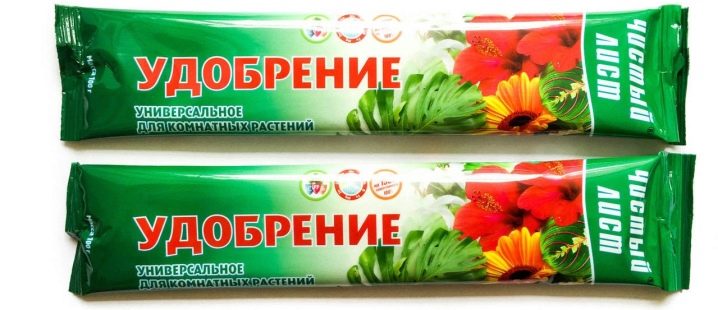
To maintain humidity in the room, the water around the plants is sprayed with a spray bottle. and place wide containers with water next to the plants, which have a large evaporation area. Plants are periodically inspected and faded buds and dried leaves are removed so that they do not interfere with the formation of new buds. With proper care, amazingly delicate beautiful flowers will shower the obkoniki bush like tropical butterflies.
The graceful plant will become an original decoration of your interior, and against the background of monotonous autumn-winter landscapes outside the window will add positive to your mood.

For an overview of Obkonik primrose, see the next video.







































































































The comment was sent successfully.